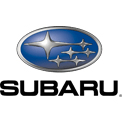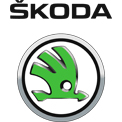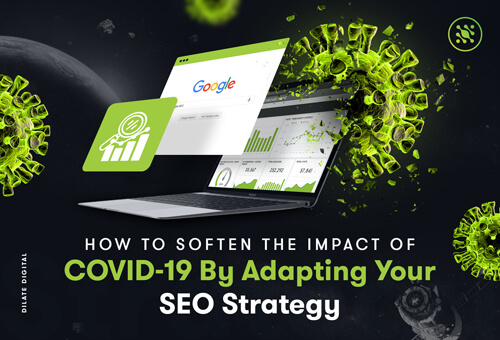6 Best Tips To Design Effective E-Commerce Website
If you’re running a business with an online shopping facet, you’re going to find out pretty quickly how effective your web design is. For example, if your ads are getting a lot of clicks, but you’re yet to close the sales you projected, your website could be letting you down. You could be losing customers without even being aware there’s a problem, and a lot of newbies to the ecommerce game are left,high and dry. But don’t forget; there’s plenty more fish in the sea- you’ve just got to know how to hook them.
In ecommerce, there are a lot of points to consider, from an effective shopping cart to a compelling call-to-action, so we’ve compiled our best ecommerce website solutions for you to apply to your website to get the returns you want, for anyone from the rookie web designer to one of our valued Perth clients.
1. Simple Site and a Search Bar:
Keep your site easy to use, with a clear value. If someone lands on your page by accident, how easy is it for them to understand your product or service? How compelled are they to learn more? It’s how you encourage them to buy from you, so a clear statement of your unique business angle will keep them interested. Make sure the website is easy to navigate- depending on your business this could mean mega drop-down menus, shopping filters, or search bars. It’s a great idea to keep a search bar available from anywhere on the website, such as in the banner on the top. This way, when a visitor cannot find the exact page they’re looking for, they’ll be able to use the search bar to help them navigate rather than leaving your site to go elsewhere.
2. Stock and Product Information:
Make sure that your stock levels are accurate, and amend any online stock levels which may be low, because if your site visitor reaches the checkout stage only to then find out that an item is out of stock, you run the risk of losing them as a customer. You can always offer a notification service for when the item is restocked, but if they’ve made it all the way to the checkout only to have the item taken off them, it’s unlikely they will go back through the site for something else.
Read : Checkout Page Design: What *Not* to Do
Always make sure you’re putting up plenty of high-quality pictures of your items, so that your customer can see what they’re getting without the guesswork. Your customer can’t touch or feel the item, so give them as much information as you can with imagery or videography, such as a model walking down a cat walk. A detailed product description is also key.
3. Shopping Cart:
You can make your online store to anything you want it to be, whether every purchase takes the customer to their cart, or if just an icon appears to show successful addition. Your shopping cart is critical, so know your buyer and what would be most convenient for them. Make the shopping cart as easily accessible and non-disruptive as you see fitting to their needs, as if a shopping cart is too difficult they simply won’t bother.
Don’t leave surprise fees or postage costs till the last minute, or your customer will feel like you’ve tried to spring it on them. Show the sum total in the cart, or on the product page, so there’s no nasty surprises for them that could put you out of a sale.
4. Clear Pages:
The day of explosion texts cluttering the screen is over. Make your website as clear and aesthetically pleasing as possible, without useless elements and excessive imagery. Treat the page as your black canvas, with every aspect working together, rather than dividing it up into blocks that don’t compliment each other.
5. SEO and Social Media:
SEO is crucial to a successful website, so if you don’t know what SEO is then check out one of our other blogs going in to further detail. Social media is a fantastic tool for finding new platforms to promote your business, so have an obtrusive option for guests to share your product with their friends and family.
Read : The Role of Social Video Marketing in Ecommerce Sales
6. Fitts Law:
Fitts Law dictates how larger items stand out to the eye, and demand attention. Likewise, a dedicated colour scheme to announce calls-to-action is effective in directing your customers notice, so the use of these alterations to powerfully display options can mean the difference between a lost customer and a sale. The reverse effect of this is if you are using a large, red text box to tell your reader about where your business originates from, then leave the call-to-action disregarded in the bottom left corner. Not only does the call-to-action look irrelevant to the user experience, but your text box is taking all of your customers attention anyway.
Also Read : 5 Must Have Features of a Great E-Commerce Site
Our Blog

Our team of digital and business experts will guide you to the right direction.
Let's Talk















